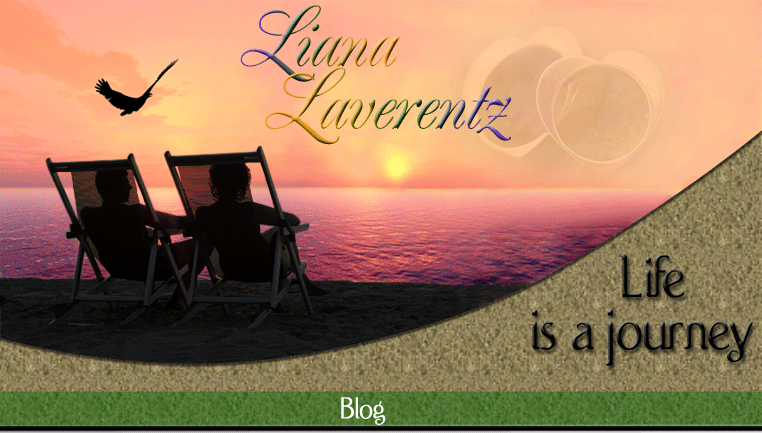
Courage in women is often mistaken for insanity. ~Quoted by a male doctor who examined Alice Paul when the government wanted her to be seen as suicidal for her hunger strike in an effort to gain women the right to vote.
This comes from an article by Jone Johnson Lewis, at About.com. If you don't do anything else today, make sure you GET OUT AND VOTE!
There's an email circulating that tells of the brutal treatment in 1917 at Occoquan, Virginia, prison, of women who had picketed the White House as part of the campaign to win the vote for women. The point of the email: it took a lot of sacrifice to win the vote for women, and so women today should honor their sacrifice by taking our right to vote seriously, and actually getting to the polls. The author of the article in the email, though the emails usually omit the credit, is Connie Schultz of The Plain Dealer, Cleveland.
Is the email true? a reader asks -- or is it an urban legend? It sure sounds exaggerated -- but it's not.
Alice Paul led the more radical wing of those who were working for women's suffrage in 1917. Paul had taken part in more militant suffrage activity in England, including hunger strikes that were met with imprisonment and brutal force-feeding methods. She believed that by bringing such militant tactics to America, the public's sympathy would be turned towards those who protested for woman suffrage, and the vote for women would be won, finally, after seven decades of activism.
And so, Alice Paul, Lucy Burns, and others separated in America from the National American Woman Suffrage Association (NAWSA), headed by Carrie Chapman Catt, and formed the Congressional Union for Woman Suffrage (CU) which in 1917 transformed itself into the National Woman's Party (NWP).
While many of the activists in the NAWSA turned during World War I either to pacifism or to support of America's war effort, the National Woman's Party continued to focus on winning the vote for women. During wartime, they planned and carried out a campaign to picket the White House in Washington, DC. The reaction was, as in Britain, strong and swift: arrest of the picketers and their imprisonment. Some were transferred to an abandoned workhouse located at Occoquan, Virginia. There, the women staged hunger strikes, and, as in Britain, were force-fed brutally and otherwise treated violently.
I've referred to this part of woman suffrage history in other articles, notably when describing the history of the suffragist split over strategy in the last decade of activism before the vote was finally won.
Feminist Sonia Pressman Fuentes documents this history in her article on Alice Paul. She includes this re-telling of the story of Occoquan Workhouse's "Night of Terror," November 15, 1917:Under orders from W. H. Whittaker, superintendent of the Occoquan Workhouse, as many as forty guards with clubs went on a rampage, brutalizing thirty-three jailed suffragists. They beat Lucy Burns, chained her hands to the cell bars above her head, and left her there for the night. They hurled Dora Lewis into a dark cell, smashed her head against an iron bed, and knocked her out cold. Her cellmate Alice Cosu, who believed Mrs. Lewis to be dead, suffered a heart attack. According to affidavits, other women were grabbed, dragged, beaten, choked, slammed, pinched, twisted, and kicked. (source: Barbara Leaming, Katherine Hepburn (New York: Crown Publishers, 1995), 182.)
Related Resources:A firsthand account of this is in Doris Stevens' Jailed for Freedom (New York: Liveright Publishing, 1920. (Gutenberg text)
William and Mary Lavender told the story of the treatment of the pickets in American History magazine in 2003.
The movie Iron Jawed Angels focuses on this period of the woman suffrage movement.
An image of Emmeline Pankhurst, who led the militant British woman suffragists, including hunger strike tactics, which inspired Alice Paul and the National Woman's Party.
Sewall-Belmont House, home of the National Woman's Party, is now a museum which includes many archives of these events.
The Library of Congress presents some photos of women suffrage prisoners: Suffrage Prisoners
Suggested Reading
Suggested Reading
For more information on women's history, go to Jone Johnson Lewis, at About.com.



.jpg)




4 comments:
Wow, what a great reminder and history lesson. I live in a very small community and went to vote after work. I smiled at the number of cars in the parking lot, and the people coming in and out.
We have to vote-every one makes a difference, just like the starfish that get thrown back in the ocean.
Can't wait to see what you write in March for Women's History Month!
I'm always awed when looking back through history at the stand people took and what it cost them. Oftentimes I wonder if I would have had enough courage to risk everything, even my life, for something that was a good cause, that was right, but was unpopular.
Fortunately I've not had to meet a deadly challenge like this, and God willing, I won't. But I'm very grateful for those who have championed causes for issues like women having the right to vote.
Liana, I love you structured the post so was informational. In High School we did a reinactament of Seneca Falls and carried it through to the right to vote. It's a right I don't take lightly and I appreciate those who worked hard to see it through.
Smiles
Steph
I loved this article so much!!! I'm doing a essay on voting rights and I have the chance to win $600 (even thought I won't win because the competition is all over the state and maybe country!) It's a really big deal and this really helped me start my essay!
Post a Comment